Roman Towns, Forts and Museums
Since I began presenting my Roman Workshop Day in schools I have visited as many archaeological sites and museums as possible in order to gather information, add to my existing knowledge and create my own photographic record for use in my school visits. Here are some of the wonderful places I have been able to explore so far.
Aldborough, Roman Town
In Roman times Aldborough was the civitas capital of the Brigantes tribal area. It was therefore an important centre of local government. Remains of the town wall can be seen as well as some very fine mosaic floors. There is a very small museum located at the entrance.
Arbeia, Roman Fort
Originally a fort but later a main supply depot. Although South Shields is not on the “tourist trail” for Hadrian’s Wall this site is well worth a visit. There is a reconstruction of a gate house, commandant’s quarters and a barrack block. The small on site museum also contains some very interesting objects.
Binchester, Roman Fort
Just on the outskirts of Bishop Auckland lies Binchester, a Roman cavalry fort. The bath house can be explored and parts of the barracks and the roman road “Dere Street” are also uncovered.
Caerleon, Roman Legionary Fortress
Once the home to 5,000 Roman legionary soldiers, the fortress covers a considerable area. Some of the barrack blocks are visible together with the amphitheatre, baths and perimeter walls.
Chesters, Roman Fort
Built where Hadrian’s Wall crosses the River Tyne, Chesters has an excellent museum with a huge selection of finds on display. Much of the fort can be explored and down by the river are the remains of the bath house.
Chichester, Roman Town
Look at a modern day map of Chichester and you can immediately see the layout of the town centre follows the original Roman town plan. The museum in the town centre is built on the site of the public baths and later Roman town walls are still in existence.
Colchester, Roman Town
This is where the Emperor Claudius came to accept the surrender of the south eastern tribes following the invasion of AD43. It was the first Roman Colonia and was burnt to the ground by Boudicca during the rebellion of AD60. Colchester has the only known circus for chariot racing in Britain. The castle museum has a floor devoted to Roman times with many fabulous exhibits relating to all aspects of Roman life and culture.
Corbridge, Roman Town
This must have been a very busy place in Roman times as it was the main supply base for the garrison of Hadrian’s Wall. Here you can see the remains of the Roman town, walk down the main street and enjoy the superb museum. The remains of the original fort can also be seen.
Fishbourne Palace
It is thought that Fishbourne Palace was built by the Romans for a local British king as a reward for loyalty during the Roman conquest. It covers an extensive area although a large part of it lies beneath a local housing estate. No expense was spared in the construction of the buildings and much of the stone and marble as well as the specialist craftsmen had to be imported for the task. Whoever lived here must have been very important. There are some wonderful mosaics, a huge ornamental garden and a museum.
Herculaneum, Roman Town
When Vesuvius erupted in AD79 the town of Herculaneum was buried under a sea of volcanic ash. Today part of the town has been excavated and some of the best preserved buildings can be seen here. Even some of the original timber beams, doors and window frames have survived.
Hermann Monument
Under Emperor Augustus the Roman Army had been campaigning in Germany with a view to establishing control over the territory between Rhine and the River Elbe. In AD9 Germanic tribes lead by Arminius delivered a crushing defeat on the Romans wiping out three entire Roman Legions in the Teutoberg Forest. After this the Rhine became the northern frontier of the empire and a period of consolidation began. Today the Hermann monument with Arminius raising his sword in triumph is a symbol of German unification.
Housesteads, Roman Fort
Possibly one of the most popular forts on Hadrian’s Wall here you can clearly see the layout of the buildings, the perimeter walls, gates and roads. As Houseteads is high on a hill it has a commanding view of the surrounding countryside. There is a scale model reconstruction of the fort in the museum.
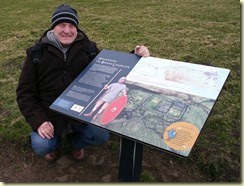
Lincoln, Roman Town
After four years most of southern Britain had been subjugated. The Roman Army had moved forward to a line roughly between the Humber and the Severn. Two new colonia were founded. One at Gloucester and the other at Lincoln. On visiting the latter there are still some visible remains of the Roman town to be seen including parts of the original town walls.
Mainz Museum of Ancient Shipping
Here you can see fully reconstructed Roman ships. There are warships and merchant ships some of which are full size and others scaled down. Unfortunately photography is not allowed and so I was unable to use my camera.
Naples, Archaeological Museum
This museum contains an astonishing collection of statues, mosaics, paintings and objects from Herculaneum and Pompeii. Although not very well curated there are a great many fabulous exhibits. Well worth the effort to get to this place.
Piercebridge, Roman Fort
Built where Dere Street crosses the River Tees, this was one of a number of forts on the line of this important road which ran from York to Corbridge, Hadrian’s Wall and beyond. Much of the fort remains are exposed and nearby the bridge abutments for the roman bridge can be seen too.
Pompeii, Roman Town
The entire town was buried under volcanic ash following the eruption of Mount Vesuvius in AD79. Here you can explore a complete Roman town. Visit the forums, temples, basilicas, public baths, theatres, roads, shops, houses, amphitheatre, gladiator barracks, walls, tombs. Pompeii has it all. This is the ultimate step back in time!
Richborough, Roman Fort and Amphitheatre
When the Romans invaded in AD43 they used the Wantsum Channel as a safe anchorage and landed their army at Richborough. The remains of the earthworks they built to protect their landing area is clearly visible. Richborough became the main entry and exit point for reinforcements, supplies and people coming from Gaul. On visiting the site it is possible to trace its development over the course of Roman occupation.
Roman Army Museum
The Roman Army Museum on Hadrian’s Wall provides detailed information about the Roman Army in Britain and particularly the units engaged in the garrisoning of the northern frontier.
Roman Legionary Museum
A very good museum dedicated to the Roman Army. Lots of information, objects and displays explaining the organization, weapons and equipment of the army and information about the Roman Army in Britain.
Rome
The heart of the Roman Empire. The Forum Romanum, Colosseum, Palatine Hill, Baths of Caracalla, Circus Maximus, Trajan’s Market, Ara Pacis and much much more.
Saalburg, Roman Fort
Superb restored Roman Fort in North Germany with an amazing museum including a special exhibition on Roman siege artillery. Close by is a section of the “Limes” which is the German equivalent of Hadrian’s Wall built to protect the land between the natural obstacles of the Rhine and Danube rivers.
Segedunum, Roman Fort
The viewing tower allows a birds eye view of the fort. There is also a reconstructed bath house and an excellent museum.
Trier, Roman Town
From 260 to 274 AD Britain was part of the breakaway Gallic Empire. For this period Britain was governed from Trier which was the capital city of the Gallic Empire. There are lots of interesting Roman sites here including three bath complexes, a basilica ( now a church ), an amphitheatre, an excellent museum an of course the famous “Potra Nigra” city gates.
Vindolanda, Roman Fort
Prior to the construction of Hadrian’s Wall the northern frontier in Britain followed the Stanegate line. Vindolanda was one of the forts forming part of the Stanegate line. Remains of the fort and the vicus ( civilian settlement ) are visible. The on site museum is amazing with a massive collection of finds from the site on display. It is also possible to view the Vindolanda writing tablets which give an insight into life at the fort prior to the construction of Hadrian’s Wall.
Xanten, Roman Town and Legionary Base
Now a huge archaeological park, Xanten was one of the most important Roman bases on the Rhine frontier. Today there are many reconstructed buildings, displays and exhibitions on many aspects of life in Roman times and a superb museum.
York, Roman Town
When the Roman Army moved north York was chosen as the site for a Legionary Fortress and later it became a colonia. York was the most important town in Britain after London. There are few visible traces of Roman buildings to be seen today however you can see part of the public baths, the Roman walls and a few columns and statues. The city museum also has many interesting Roman exhibits.
More to follow…..
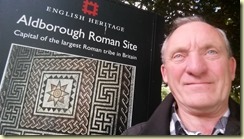
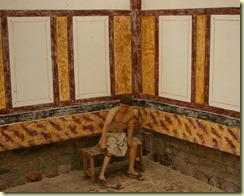
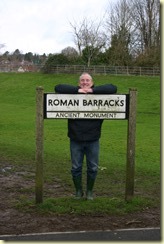
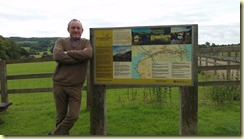

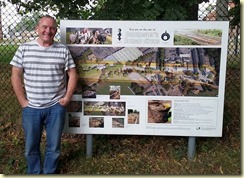
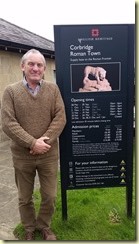

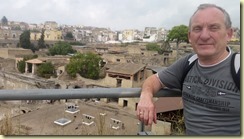
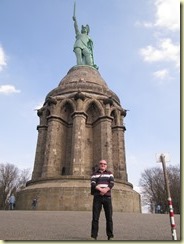
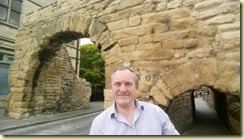
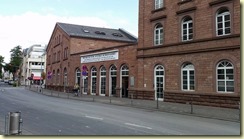
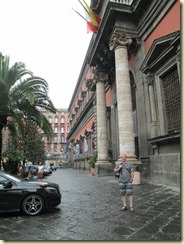
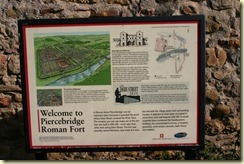
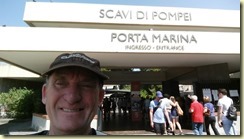
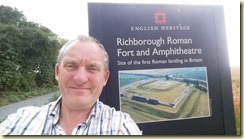
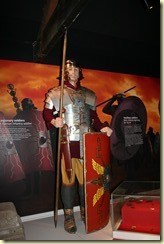
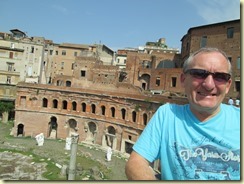
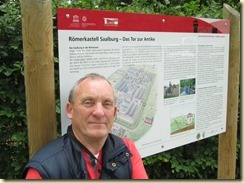
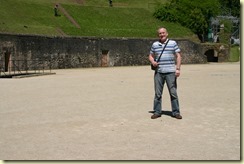
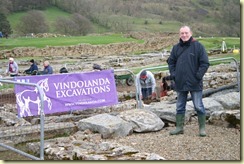
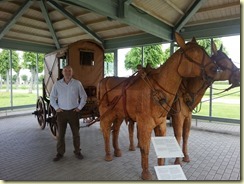




 Roman History Workshop Day
Roman History Workshop Day
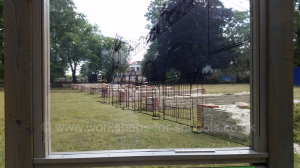


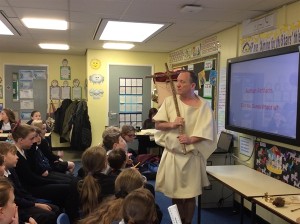

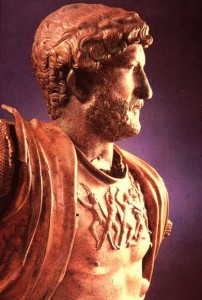


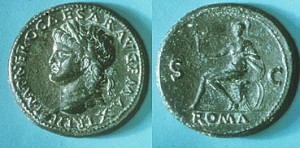
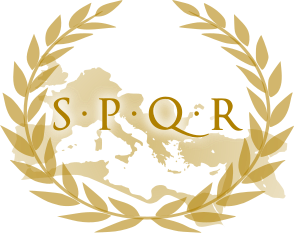






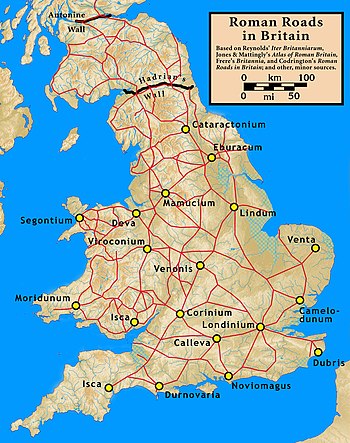
 Roman History Workshop Day
Roman History Workshop Day
 rt of Germany ). After the initial conquest in 59 BC he had to put down numerous rebellions. One tribe called the Veneti lived on the Atlantic coast. They were powerful with a large fleet and had close trading links with the Dumnonii tribe who lived in south west Britain and the Durotriges who lived further east in the area that is now Hampshire. When they rebelled in 56 BC they undoubtedly received support from their British allies but the Veneti were no match for the Roman Army on land and Ceasar also built a fleet of warships to ensure victory at sea. The Veniti were quickly defeated.
rt of Germany ). After the initial conquest in 59 BC he had to put down numerous rebellions. One tribe called the Veneti lived on the Atlantic coast. They were powerful with a large fleet and had close trading links with the Dumnonii tribe who lived in south west Britain and the Durotriges who lived further east in the area that is now Hampshire. When they rebelled in 56 BC they undoubtedly received support from their British allies but the Veneti were no match for the Roman Army on land and Ceasar also built a fleet of warships to ensure victory at sea. The Veniti were quickly defeated.